Precast concrete is a construction product produced by casting concrete in a reusable mold or "form" which is then cured in a controlled environment, transported to the construction site and lifted into place. In contrast, standard concrete is poured into site-specific forms and cured on site. Precast stone is distinguished from precast concrete using a fine aggregate in the mixture, so the final product approaches the appearance of naturally occurring rock or stone.
Precast (panels) are only used within ranges of exterior and interior walls. Compressed in concrete and stone, creating a solid but manuverable wall or face. By producing precast concrete in a controlled environment (typically referred to as a precast plant), the precast concrete is afforded the opportunity to properly cure and be closely monitored by plant employees. Using a precast concrete system offers many potential advantages over onsite casting. Precast concrete production performed on ground level, which helps with safety throughout a project. There is greater control over material quality and workmanship in a precast plant compared to a construction site. The forms used in a precast plant can be reused hundreds to thousands of times before they have to be replaced, often making it cheaper than onsite casting when looking at the cost per unit of formwork.
Many state and federal transportation projects in the United States require precast concrete suppliers to be certified by either the Architectural Precast Association (APA), National Precast Concrete Association (NPCA) or Precast Prestressed Concrete Institute (PCI).
There are many different types of precast concrete forming systems for architectural applications, differing in size, function, and cost. Precast architectural panels are also used to clad all or part of a building facades or free-standing walls used for landscaping, soundproofing, and security walls, and some can be prestressed concrete structural elements. Stormwater drainage, water and sewage pipes, and tunnels make use of precast concrete units.
The New South Wales Government Railways made extensive use of precast concrete construction for its stations and similar buildings. Between 1917 and 1932, they erected 145 such buildings.[2] Beyond cladding panels and structural elements, entire buildings can be assembled from precast concrete. Precast assembly enables fast completion of commercial shops and offices with minimal labor. For example, the Jim Bridger Building in Williston, North Dakota, was precast in Minnesota with air, electrical, water, and fiber utilities preinstalled into the building panels. The panels were transported over 800 miles to the Bakken oilfields, and the commercial building was assembled by three workers in minimal time. The building houses over 40,000 square feet of shops and offices. Virtually the entire building was fabricated in Minnesota.
To complete the look of the four precast wall panel types — sandwich, plastered sandwich, inner layer and cladding panels — many surface finishes are available. Standard cement is white or grey, though different colors can be added with pigments or paints. The color and size of aggregate can also affect the appearance and texture of concrete surfaces. The shape and surface of the precast concrete molds have an effect on the look: The mold can be made of timber, steel, plastic, rubber or fiberglass, each material giving a unique finish.
| Category | Tanda Peringatan |
| Tags | Dry Crusher, Stone Crusher |


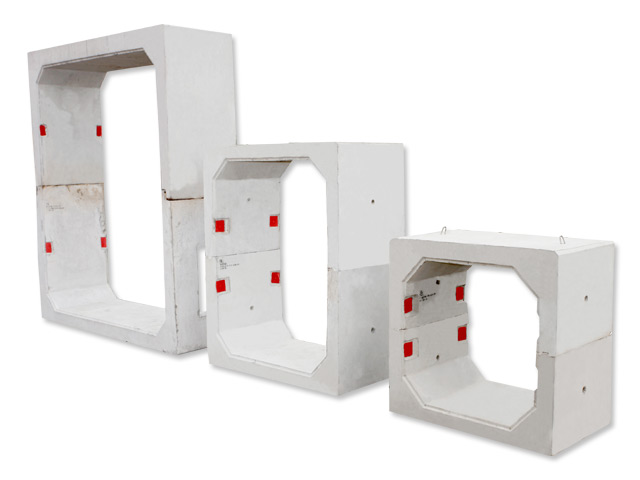


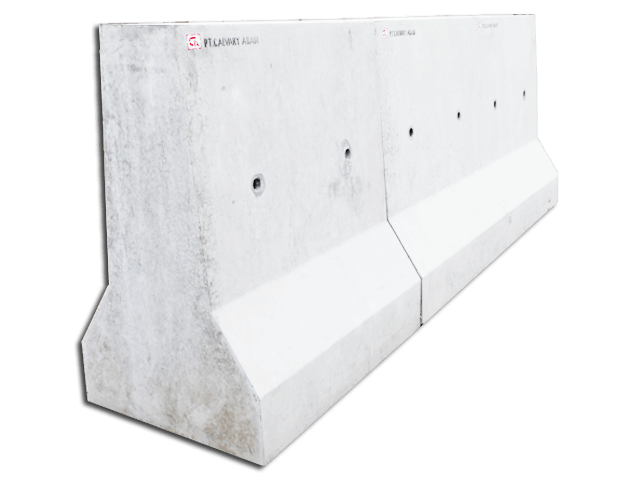
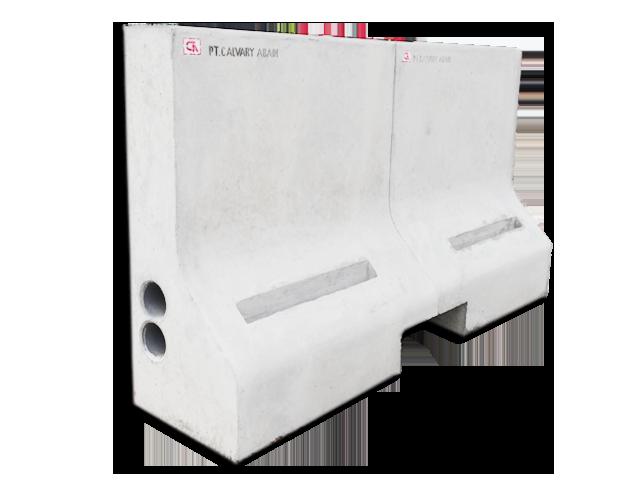

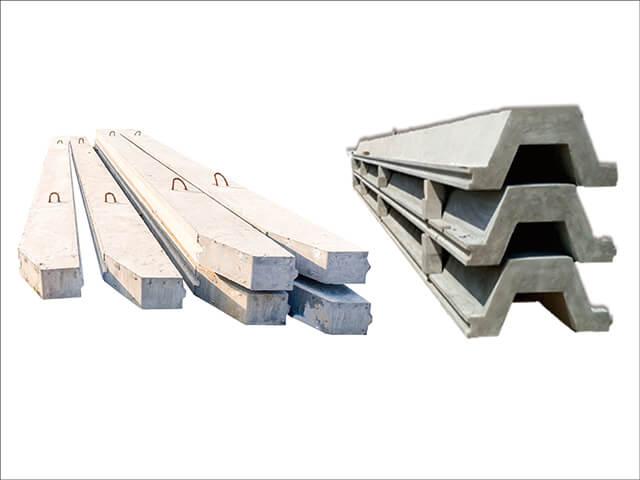
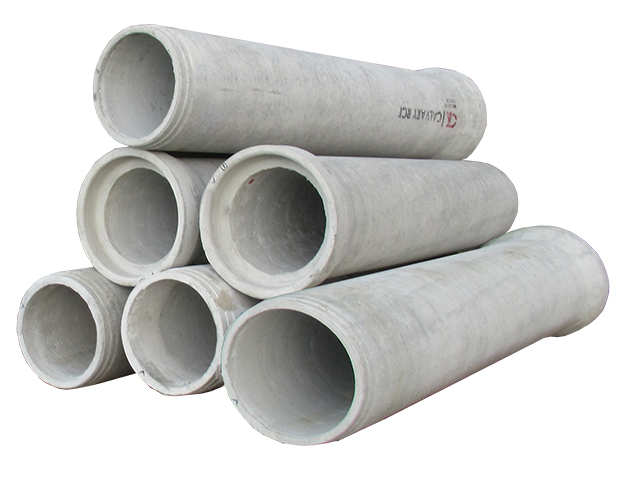
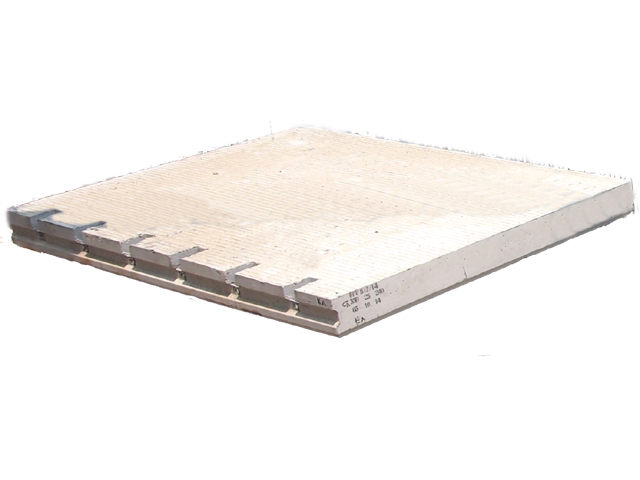
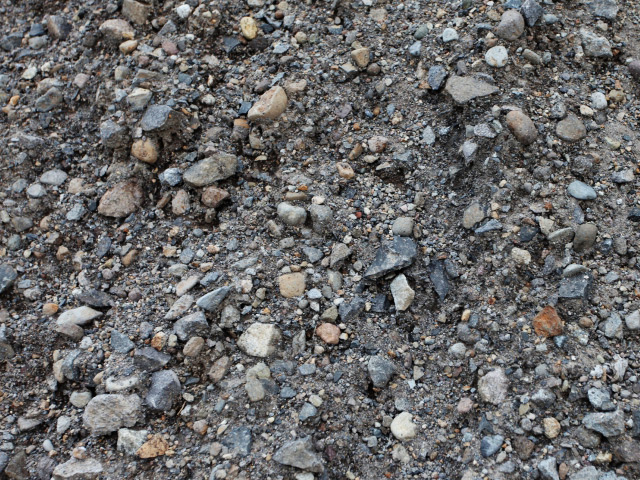
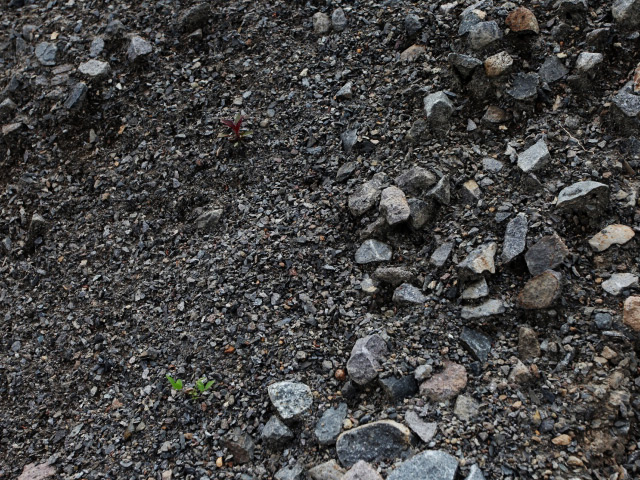


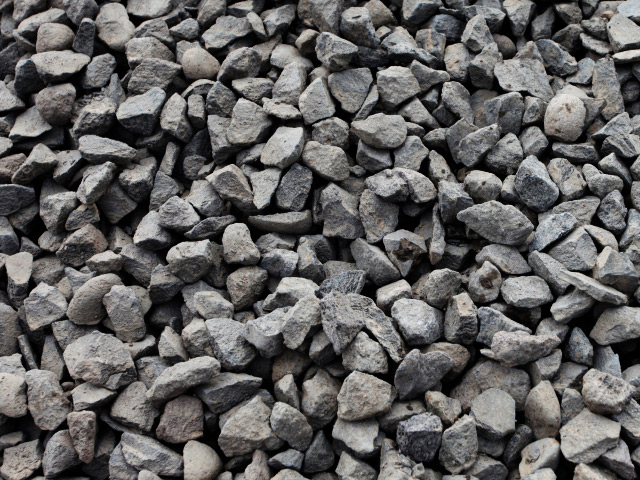
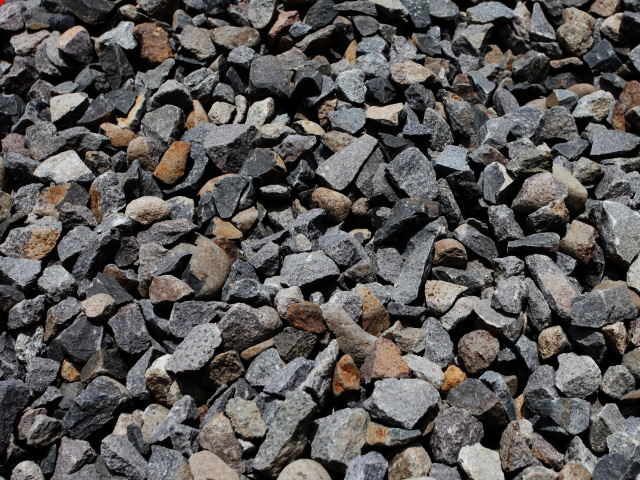
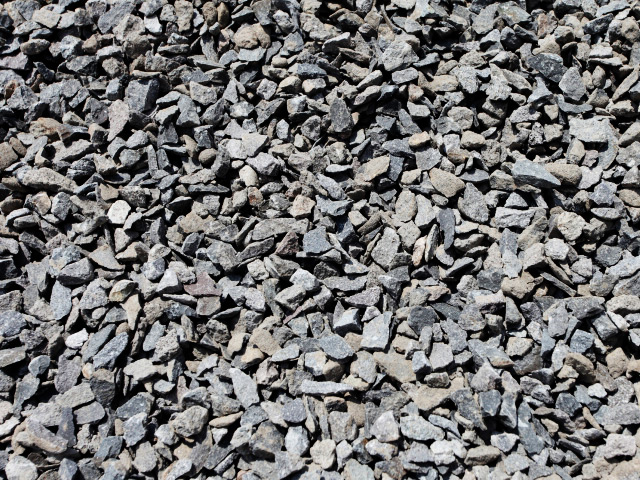



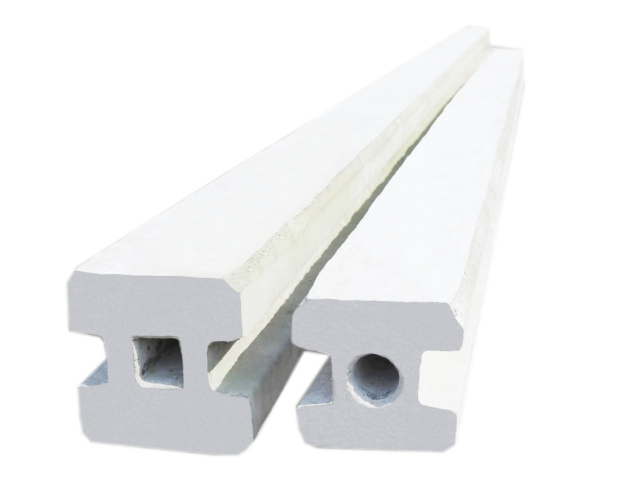

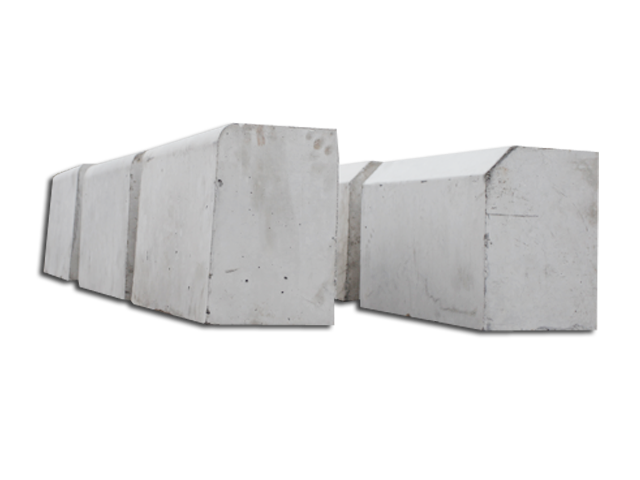
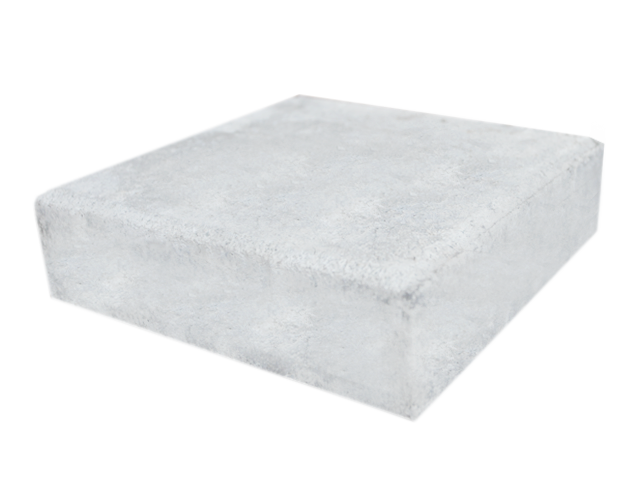

 Commercial/Residential
Commercial/Residential Industrial
Industrial Government
Government Others
Others


